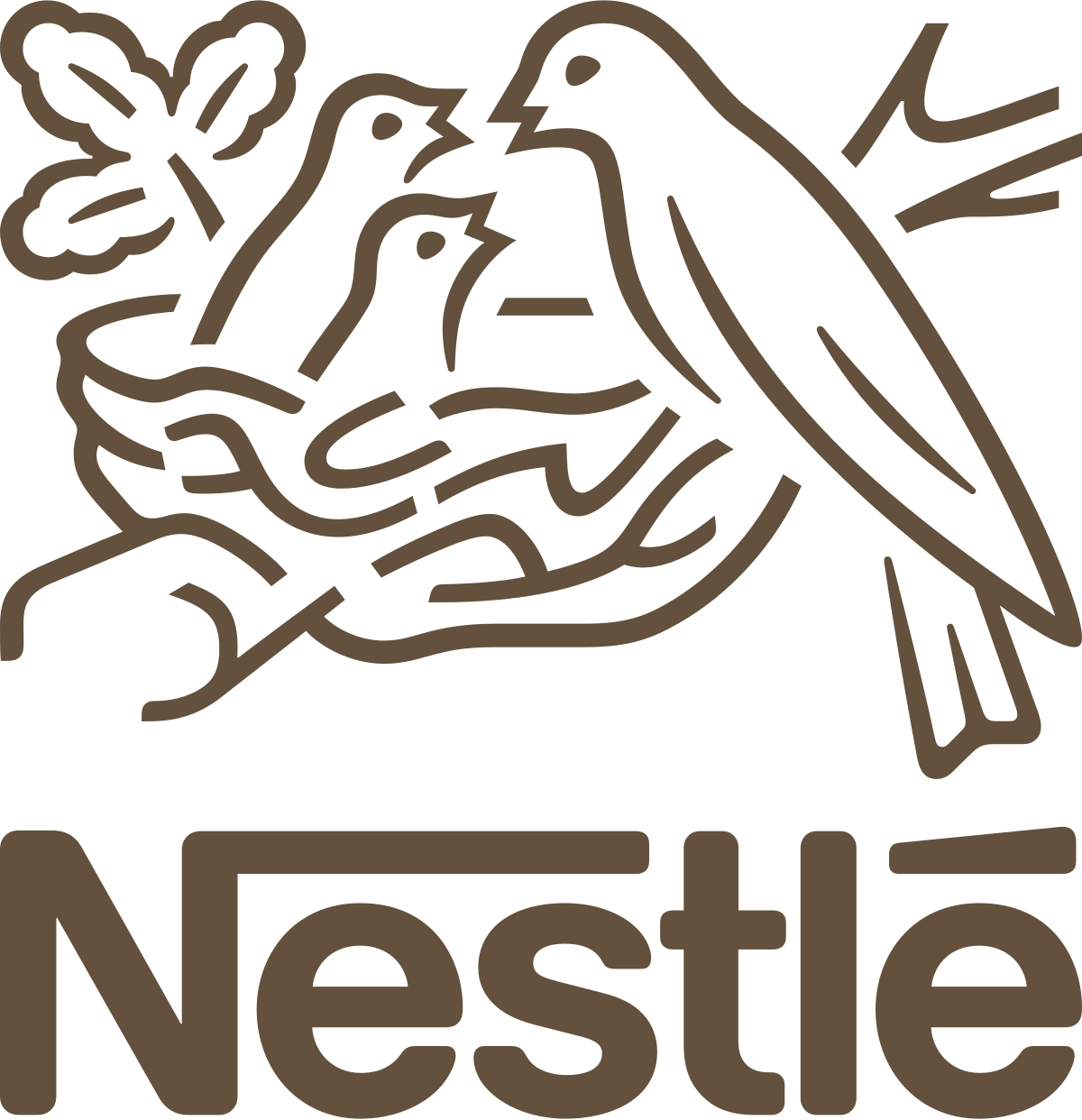Magento 2 B2B vs. B2C E-Commerce: What Sets Them Apart?
Magento 2 provides advanced features to support both B2B (Business-to-Business) and B2C (Business-to-Consumer) e-commerce operations. However, these two types of businesses have distinct needs, and Magento 2 addresses them with tailored functionalities. In this article, we explore the key differences between B2B and B2C in Magento 2 and how to configure your store accordingly.
Understanding B2B and B2C in Magento 2
- B2B: Focuses on transactions between businesses, involving large orders, negotiated pricing, and long-term relationships.
- B2C: Targets end customers with a focus on convenience, speed, and personalized shopping experiences.
Magento 2 B2B vs. B2C: Key Differences

The following table highlights the core differences between Magento 2’s B2B and B2C features:
| Aspect | B2B (Business-to-Business) | B2C (Business-to-Consumer) |
|---|---|---|
| Customer Type | Corporate clients or businesses | Individual consumers |
| Pricing | Custom price lists, negotiated contracts, bulk discounts | Standard pricing with seasonal offers and discounts |
| Order Volume | Large, bulk orders | Smaller, single-item or few-item orders |
| Account Management | Multi-user company accounts with roles and permissions | Single-user accounts with personalization |
| Checkout | Quotation-based or invoice payments | Quick, one-step checkout |
| Reordering | Requisition lists for repeat purchases | Wishlist functionality |
| Marketing | Focus on relationship building, negotiated deals | Focus on promotions, seasonal sales, and personalization |
Configuring Magento 2 for B2B
Follow these steps to set up your Magento 2 store for B2B operations:
- Enable B2B Features: Go to Stores > Configuration > General > B2B Features and enable Company Accounts, Shared Catalogs, and Quote Management.
- Set Up Company Accounts: Navigate to Customers > Companies to create and manage business accounts with roles and permissions for multiple users.
- Configure Shared Catalogs: Go to Catalog > Shared Catalogs to define custom pricing for specific companies.
- Activate Quick Order: Enable the quick order feature to allow customers to place bulk orders by uploading SKUs.
Configuring Magento 2 for B2C
To optimize your Magento 2 store for B2C, follow these steps:
- Enable Guest Checkout: Go to Stores > Configuration > Sales > Checkout and enable the Guest Checkout option for faster purchases.
- Optimize Product Pages: Use attractive images, detailed descriptions, and reviews to engage customers.
- Setup Promotions: Go to Marketing > Cart Price Rules and create discounts, deals, and coupons to drive sales.
- Enable Personalized Recommendations: Use Magento’s built-in AI features to display recommended products based on browsing history.
One Unified Platform
Magento 2 allows businesses to run both B2B and B2C operations on a single platform. For example:
- A wholesale company (B2B) can also offer direct-to-consumer (B2C) services on the same store by segmenting pricing and customer groups.
- Admins can toggle between B2B and B2C features to manage both sides efficiently.
Conclusion
Magento 2 offers a comprehensive solution for both B2B and B2C e-commerce businesses. Understanding the differences in their features and setup allows you to tailor your store to meet the needs of your target audience, ensuring customer satisfaction and business growth.










Please complete your information below to login.